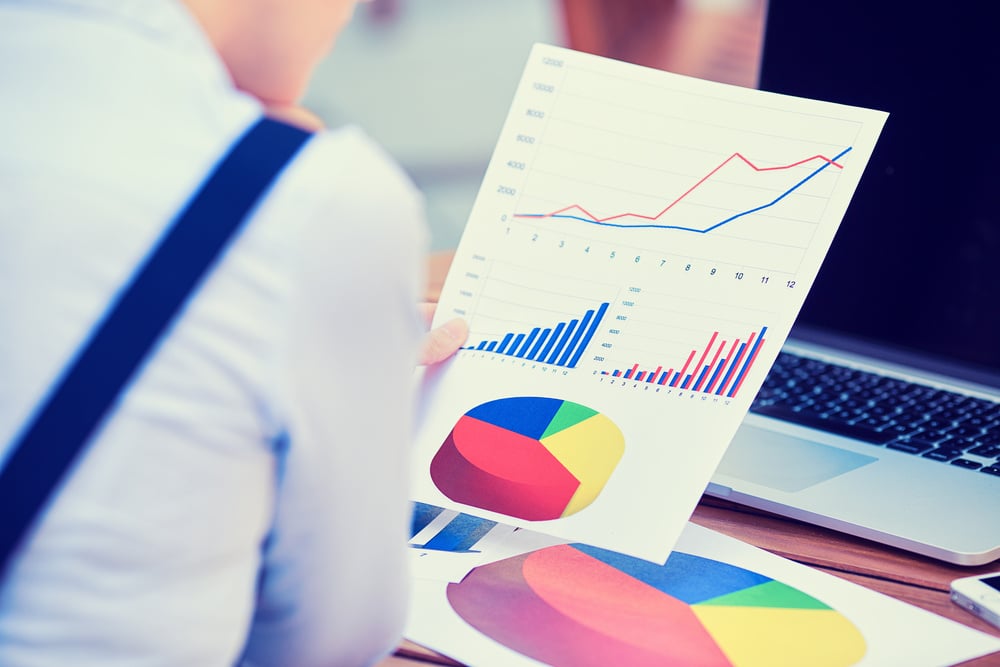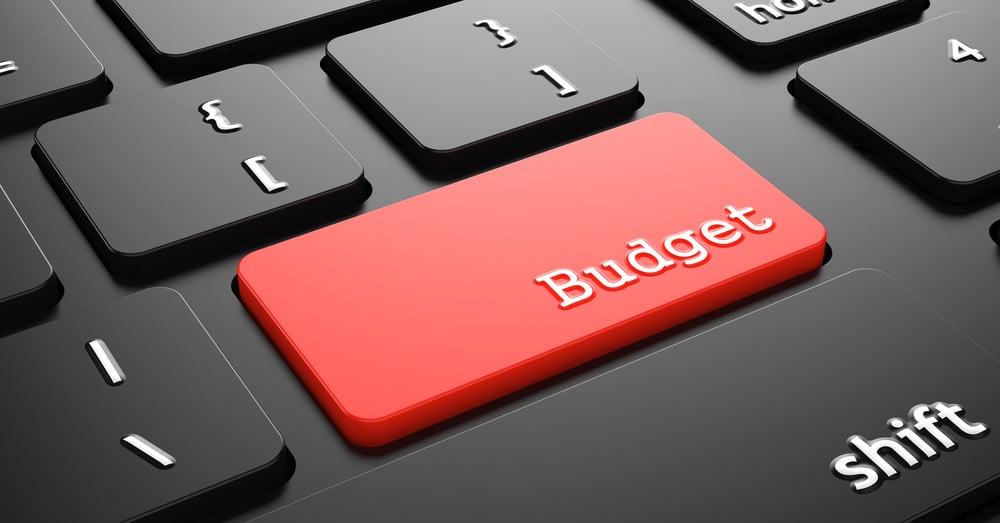Business Debt-To-Income Ratio
Here's a common scenario among small business owners nationwide: their companies experience strong sales revenues and profits during a given quarter....

A balance sheet plays a crucial role in assessing a business's financial health and stability. It provides a bird's-eye view of the company's assets, liabilities (debt), and equity at a specific time. By analyzing the balance sheet, business owners can make informed choices about investments, short- and long-term operating needs, funding options, and overall business strategy. In short, a balance sheet is a tool for evaluating a business's financial well-being and guiding decision-making.
If you own a business, you must regularly monitor your finances and keep accurate and timely accounting records. A balance sheet is one of the three main business financial statements you need, the others being an income statement and cash flow statement. This Huddle Business Capital blog article explains how to create a balance sheet and keep it updated throughout the year.
Without having a balance sheet, you can only guess how much your business earns and owes, which can be challenging. For example, let us assume that your business posts solid sales revenues over the next two quarters that exceed your expectations. If this happens, great, but it might not indicate your business is financially fit.
Low profit margins, excess debt, or substantial fixed costs (e.g., office rent and employee salaries) can reduce profits and impact your business's financial health. Therefore, an up-to-date, accurate balance sheet is necessary to understand where your business stands.
Creating a balance sheet is simple and requires time and effort, but it will be invaluable for your business. You can create your balance sheet using accounting software or have your accountant do it. Many affordable software programs simplify balance sheet development and management, and some have additional accounting features. Regardless of how you make your balance sheet, it is essential that you are aware of the three sections that need to be included, and here they are:
Assets
Current assets, such as inventory and accounts receivable, are expected to be converted into cash or used up within one year or less. Fixed assets, on the other hand, are long-term tangible assets used in the operation of a business, like buildings, machinery, and equipment.
Liabilities
Current liabilities are obligations due within one year, including accounts payable, employee wages, short-term business loans, and accrued expenses. Long-term liabilities are debts or obligations that extend beyond one year, such as a multi-year equipment lease.
Equity
Equity is the amount of money remaining after deducting total liabilities from total assets. Let us use an independent clothing store as an example. The store has $160,000 in total liabilities and $440,000 in total assets, resulting in $280,000 in equity ($440,000 minus $160,000).
To better illustrate what a typical business balance sheet looks like, here is an example based on a fictitious broadcast recording studio. The line items you include on your balance sheet will differ, but this gives you a general idea of what needs to be included.
| Current Assets | |
| Accounts receivable | $440,000 |
| Cash & cash equivalents | $60,000 |
| Inventory | $85,000 |
| Non-Current Assets | |
| Recording studio | $350,000 |
| Recording equipment | $225,000 |
| Business vehicle | $50,000 |
| Total Assets: | $1,210,000 |
| Current Liabilities | |
| Accounts payable | $120,000 |
| Employee wages | $300,000 |
| Short-term business loan | $125,000 |
| Non-Current Liabilities | |
| Multi-year business loan | $400,000 |
| Total Liabilities: | $945,000 |
| Equity | |
| Retained earnings | $50,000 |
| Capital expenses | $45,000 |
| Total Equity: | $95,000 |
Strategic planning is vital for your business's success. Analyzing your company's balance sheet can give you insights into its financial health and performance. You can leverage this data to take your business to the next level and make it more competitive.
For example, if your business has excess cash and minimal debt, you might want to proceed with your investment plans, such as leasing or financing business equipment. Conversely, if your business lacks cash to meet its short-term expenses or repay its debts, consider taking out an unsecured working capital loan.
Finally, your balance sheet is key in the business loan or financing review process. When lenders are confident in your company's financial stability and transparency in financial reporting, they are more likely to approve loans and financing and provide funding if you meet their borrowing criteria.
This Huddle Business Capital blog article is purely educational and contains general information and opinions; it is not intended to provide advice or recommendations of any kind.

Here's a common scenario among small business owners nationwide: their companies experience strong sales revenues and profits during a given quarter....

The need for business funding can arise at any time, sometimes unexpectedly, and catch entrepreneurs off guard. This may stem from a variety of...

Running a small business requires managing many tasks and responsibilities. As a result, you might be so busy focusing on the day-to-day running of...